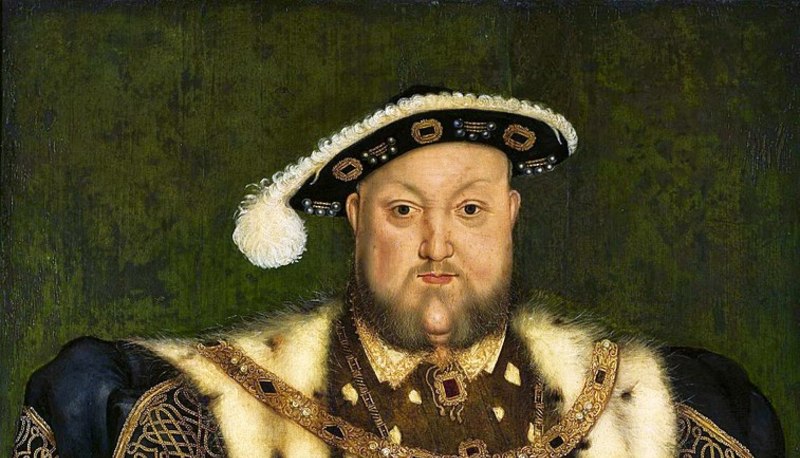Concetti Chiave
- Henry VIII was a Renaissance prince, known for his love of the arts and military ambitions, enhancing England's naval power.
- His reign saw religious tensions culminating in the Reformation, influenced by figures like Martin Luther and John Calvin.
- Despite being initially honored by the Pope, Henry VIII established the Anglican Church after the Pope refused his request for a divorce.
- The Reformation led to the dissolution of monasteries, with their wealth seized, impacting social services like schools and hospitals.
- Henry's later years were marked by political instability and executions, with widespread poverty throughout the country.
Indice
Henry VIII: a renaissance prince
Henry VIII was a typical Renaissance prince. He liked music and dancing; he was a poet and an athlete. He was more ambitious and spent money on warship and guns, making the English fighting fleet the best Europe.
The first years of his reign were marked by the religious questions with the Pope which culminated in the Reformation. Rome was the anticlericalism of the 12th century had found its expression in the preaching of Wycliffe and the Lollards and the doctrines of Martin Luther, who was leading the Protestant Reformation in Germany, or of the French theologian John Calvin.
Henry's personal and political conflicts
Henry VIII didn’t intend to transform England into a Protestant country. He had been honoured the Pope with the title of Defensor Fidei as a reward for the pamphlet wrote against Luther. He regarded himself as the only source of right both in the spiritual and in the temporal field.  Henry had been married Catherine of Aragon. He had fallen in love with Ann Boleyn, a lady-in-waiting, and asked Pope Clemente VII for a divorce in order to marry her. Pope would not declare his first marriage invalid, and Henry declared him the “Supreme Head of the Church” in England. The new Anglican Church was born.
Henry had been married Catherine of Aragon. He had fallen in love with Ann Boleyn, a lady-in-waiting, and asked Pope Clemente VII for a divorce in order to marry her. Pope would not declare his first marriage invalid, and Henry declared him the “Supreme Head of the Church” in England. The new Anglican Church was born.
Thomas More and the reformation
Thomas More was the king’s Chancellors and a good Catholic, had his head cut off because oh his opposition. The instrument to make the Reformation effective was the Parliament. The legislation suppressed orders of monks and friars and established the supremacy of the State over the Church even in spiritual matters.
The king was persuaded by Thomas Cromwell to dissolve the monasteries and seize their wealth. The social charities such as school and hospitals for the poor mostly disappeared. Lands and monasteries came under the power of the English State. Some of the land confiscated went to the King while the rest was given or sold to members of the middle classes.
The dangerous final years
The last years of Henry’s life were dangerous. Many noblemen were beheaded on the slightest suspicion, if they had the remotest claim to the throne.
There was widespread poverty.
Domande da interrogazione
- Quali furono le principali cause della Riforma sotto il regno di Enrico VIII?
- Quali furono le conseguenze della dissoluzione dei monasteri durante il regno di Enrico VIII?
- Come influenzò la Riforma la struttura sociale ed economica dell'Inghilterra?
La Riforma fu innescata principalmente dalla disputa religiosa con il Papa, culminata con la creazione della Chiesa Anglicana, dopo che il Papa rifiutò di annullare il matrimonio di Enrico VIII con Caterina d'Aragona.
La dissoluzione dei monasteri portò alla scomparsa di molte opere di carità sociali, come scuole e ospedali per i poveri, e le terre e i monasteri furono confiscati dallo Stato inglese.
La Riforma portò alla ridistribuzione delle terre confiscate, che furono in parte assegnate o vendute ai membri delle classi medie, alterando la struttura sociale ed economica del paese.







 Accedi a tutti gli appunti
Accedi a tutti gli appunti
 Tutor AI: studia meglio e in meno tempo
Tutor AI: studia meglio e in meno tempo